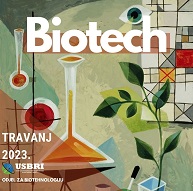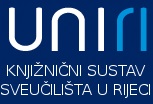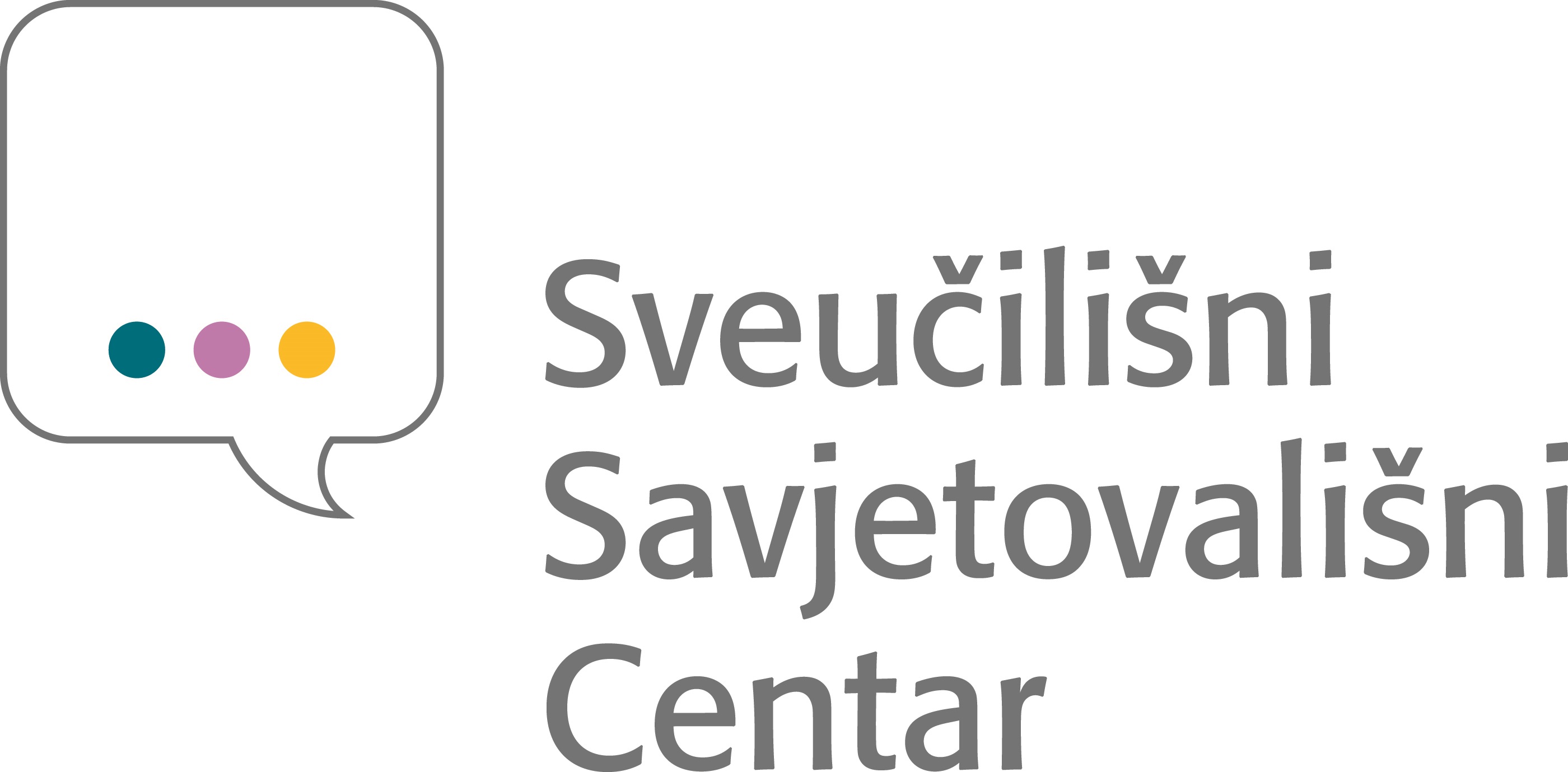Novosti iz biotehnologije
Blood and lymphatic capillaries grown for the first time in the lab
Researchers at the University Children's Hospital Zurich and the University of Zurich have engineered skin cells for the very first time containing blood and lymphatic capillaries. They succeeded in isolating all the necessary types of skin cells from human skin tissue and engineering a skin graft that is similar to full-thickness skin.
Tissue fluid is excreted from a wound which accumulates in a cavity on the skin's surface and can impede wound healing. Lymphatic vessels drain off this fluid. The researchers isolated lymphatic capillary cells from the human dermis. Together with the blood capillaries that were also engineered, this guarantees rapid, efficient vesicular supply of the skin graft. Up to now, this had been a major unsolved problem in molecular tissue biology and regenerative medicine.
The scientists in the team of Ernst Reichmann, Head of the Tissue Biology Research Unit, were surprised by three findings. The individual lymphatic cells spontaneously arranged themselves into lymphatic capillaries with all the characteristics of lymphatic vessels. In preclinical trials both the human lymphatic capillaries and the blood capillaries engineered in the laboratory connected with those of the laboratory animals. "What's novel is that the lymphatic capillaries collected and transported tissue fluid; hence they were functional," explains Ernst Reichmann and goes on to add, "We assume that skin grafts with lymphatic and blood capillaries will, in future, both prevent the accumulation of tissue fluid and ensure rapid blood supply of the graft." This could markedly improve the healing process and the typical organ structure of this type of skin graft.
More at: http://www.sciencedaily.com/releases/2014/01/140130040729.htm
Original article: D. Marino, J. Luginbuhl, S. Scola, M. Meuli, E. Reichmann. Bioengineering Dermo-Epidermal Skin Grafts with Blood and Lymphatic Capillaries. Science Translational Medicine, 2014; 6 (221): 221ra14 DOI: 10.1126/scitranslmed.3006894
World osteoporosis market forecast to reach $11.4B in 2015
The world market for drugs to treat osteoporosis is set to rise from a value of $7.3 billion in 2010 to $11.4 billion by 2015, according to new forecasts. The world market will grow by a yearly average of 9.2% during the period, according to the report, which is published by Transparency Market Research. The study also expects the market in China for osteoporosis treatments to increase by an annual average of 13.5% from 2010 to 2015, reaching a value of $2.5 billion by the end of the period.
More label changes expected for osteoporosis drugsCHMP gives backing to potential blockbusters. Currently, the global osteoporosis drugs market is dominated by the bisphosphonate class, with Roche's Bonviva/Boniva (ibandronic acid) and Novartis' Aclasta/Zometa (zoledronate) accounting for healthy market shares and showing an average sales growth rate of about 20% in the past two years, according to the study.Amgen's Prolia (denosumab) is the most recent entrant to the osteoporosis treatment market, following approval from the US Food and Drug Administration (FDA) and the European Commission, and is expected to compete directly with the bisphosphonate products, although its initial uptake is likely to be in second-line therapy, mostly in patients who are intolerant to these treatments, says the report. However, after this year, growth in the drug's use is expected to lead to a decline in the market for parathyroid hormone and selective oestrogen receptor modulator (SERM) drugs used in the treatment of osteoporosis, it notes, and goes on to point out that there is also substantial potential for Prolia in the treatment of bone loss in cancer patients.
Sales of the drug are expected to reach $3.5 billion in 2015, it says. Drugmakers have various promising osteoporosis treatment candidates in R&D, including a number of first-in-class products currently in Phase III. Among these are Merck & Co’s cathepsin K (cat-K) inhibitor odanacatib, which possesses a novel mechanism of action against osteoporosis, and Pfizer's Aprela, which combines the SERM bazedoxifene with conjugated equine oestrogens. The anticipated fast growth of the market in China will largely be due to the increasing prevalence of osteoporosis among the female population, as well as the growing elderly population, rising standards of living and increasing awareness of, and education in, bone health. Therefore, the report sees huge growth potential for osteoporosis drug treatments in many Chinese cities, including Shanghai, Beijing, Guangzhou and Hangzhou.
Drug developers can obtain market advantages by developing cost-competitive drugs with easy dosage patterns which effectively promote bone-building, as many patients find it difficult to comply with the strict dosage schedules of traditional drug treatments, the report advises. They should also work to address unmet needs in the market by developing treatments that combine convenient dosing schedules with efficacy and safety profiles which represents improvements over currently-available products, it adds.
Lentiviral Stem Cell Gene Therapy Shows Promise in Two Small Studies
Two papers published online in advance in Science this week point to the potential of lentiviral hematopoietic stem cell gene therapy for debilitating inherited conditions.
The first chronicles researchers’ use of a lentiviral vector encoding a functional version of the gene encoding WASP, a cytoskeleton-regulating protein implicated in the inherited immunodeficiency Wiskott-Aldrich syndrome. San Raffaele Scientific Institute’s Luigi Naldini, M.D., Ph.D., and his colleagues applied such a vector to genetically correct hematopoietic stem/progenitor cells (HPSCs) from three Wiskott-Aldrich syndrome patients, which they then reinfused.
“All three patients showed stable engraftment of WASP-expressing cells and improvements in platelet counts, immune functions, and clinical score,” Dr. Naldini et al. report. They add vector integration analyses indicated that gene-corrected HSPCs resulted in highly polyclonal and multilineage hematopoiesis. Importantly, the researchers note that “lentiviral gene therapy did not induce selection of integrations near oncogenes,” and that they did not observe aberrant clonal expansion 20 to 32 months post-therapy.
“Although extended clinical observation is required to establish long-term safety, lentiviral gene therapy represents a promising treatment for WAS [Wiskott-Aldrich syndrome],” the researchers conclude.
In a separate study, Dr. Naldini and his colleagues took a similar approach to transfer a functional arylsulfatase A (ARSA) gene into hematopoietic stem cells (HSCs) from three presymptomatic patients who showed genetic, biochemical, and neurophysiological evidence of late infantile metachromatic leukodystrophy, an inherited lysosomal storage disease.
The researchers found that the patients showed extensive and stable ARSA gene replacement after reinfusion of the gene-corrected HSCs. As with the first study, vector integration analyses showed no evidence of aberrant clonal behavior, Dr. Naldini et al. report.
“Notably, the disease did not manifest or progress in the three patients seven to 21 months beyond the predicted age of symptom onset,” the researchers write. “These findings indicate that extensive genetic engineering of human hematopoiesis can be achieved with lentiviral vectors and that this approach may offer therapeutic benefit for MLD [metachromatic leukodystrophy] patients.”
“Lentiviral hematopoietic stem cell gene therapy in patients with Wiskott-Aldrich syndrome” and “Lentiviral hematopoietic stem cell gene therapy benefits metachromatic leukodystrophy” appeared online in Science July 11.
HIV used to cure 2 genetic diseases: The idea of an Italian scientist proves successful
The AIDS virus can be used to treat two severe hereditary diseases. After an Italian scientist’s “stroke of genius” in 1996, and after years of promising results in the laboratory, double official recognition by one of the most important international scientific journals has now arrived. And six children from all over the world, after three years of treatment, are well and show significant benefits.
The announcement was made in two studies published today in Science* by researchers at the San Raffaele Telethon Institute for Gene Therapy (TIGET) in Milan, led by Luigi Naldini, demonstrating that gene therapy vectors derived from the HIV virus works against two severe genetic diseases, metachromatic leukodystrophy and Wiskott-Aldrich syndrome.
“Three years after the start of the clinical trial,” says Naldini, “the results obtained from the first six patients are very encouraging: the therapy is not only safe, but also effective and able to change the clinical history of these severe diseases. After 15 years of effort and our successes in the laboratory, but frustration as well, it’s really exciting to be able to give a concrete solution to the first patients,” explains the director of TIGET.
At the origin of both diseases is a genetic defect that results in the deficiency of a protein essential for the organism in the early years of life. In the case of metachromatic leukodystrophy, which currently lacks any effective treatment, it is the nervous system to be affected: babies with this disease are apparently healthy at birth, but at some point they begin to gradually lose the cognitive and motor skills they have acquired, with no possibility of arresting the neurodegenerative process. Children with Wiskott-Aldrich syndrome, on the other hand, have a faulty immune system that makes them much more vulnerable than normal to the development of infections, autoimmune diseases and cancer, as well as having a defect in the platelets which causes frequent bleeding.
After the positive results obtained in the course of many years of study in the laboratory, researchers at the San Raffaele Telethon Institute in Milan tried to correct the genetic defect that causes these diseases with gene therapy. The technique consists in withdrawing hematopoietic stem cells from the bone marrow of the patient and introducing a corrected copy of the gene that is defective using viral vectors derived from HIV (which began to be developed in 1996, thanks to Luigi Naldini’s work). Once re-injected into the body, the treated cells are able to restore the missing protein to key organs.
“In patients with Wiskott-Aldrich syndrome, blood cells are directly affected by the disease and the corrected stem cells replace the diseased cells creating a properly functioning immune system and normal platelets. Thanks to gene therapy, the children no longer have to face severe bleeding and infection. They can run, play and go to school,” explains Alessandro Aiuti, coordinator of the clinical study on these patients and Head of Research of the Pediatric Clinic at TIGET. “In the case of metachromatic leukodystrophy, however,” says Alessandra Biffi, who heads the other study, “the therapeutic mechanism is more sophisticated: the corrected hematopoietic cells reach the brain through the blood and release the correct protein that is ‘gathered’ there by the surrounding nerve cells. The winning card was to make engineered cells able to produce a quantity of protein much higher than normal, and thus effectively counteract the neurodegenerative process.” Eugenio Montini, who coordinated the molecular analysis of patients’ cells, adds, “Until now we have never seen a way to engineer stem cells using gene therapy that is as effective and safe as this one. These results pave the way for new therapies for other more common diseases.”
Both trials, which involved a team of over 70 people including researchers and clinicians, began in the spring of 2010, and called for the participation of 16 patients in total, 6 suffering from Wiskott-Aldrich syndrome and 10 from metachromatic leukodystrophy. The results published in Science refer only to the first 6 patients (three from each study), i.e. those for whom sufficient time has passed after administration of the therapy to allow scientists to draw the first significant conclusions regarding its safety and efficacy. In total, the Telethon Foundation has invested 19 million Euro for research on these two diseases (11 on metachromatic leukodystrophy and 8 on Wiskott-Aldrich syndrome).
“These preliminary results are promising and confirm the effectiveness of our efforts, which we have sustained over the years with great conviction,” says the general manager of Telethon, Francesca Pasinelli. “We can say that we have created a model in which the charity organization acts not only as a funding agency, but plays a primary role in managing the development of research to ensure that each step of the process leads to the final objective, which is to provide accessible therapy to patients. To this end, we also chose to contribute towards the creation of a dedicated clinical unit and to select an Italian partner such as MolMed for vector development and production.”
For Maria Grazia Roncarolo, scientific director of the San Raffaele Institute and the woman who designed and led the preparatory studies of the clinical trials of therapy for Wiskott-Aldrich syndrome, “the results described in these two studies make me very proud, both as scientific director and as pediatrician who has dedicated her entire professional life to children affected by genetic diseases. These goals are an example of how research conducted with accuracy, determination and total commitment can produce the desired results and lead to new frontiers in medicine. The translational path, from the bench in lab to the bedside of patients affected by Wiskott-Aldrich syndrome and metachromatic leukodystrophy, has also presented obstacles and frustrations, both for researchers and for parents and children who understandably find it hard to accept science ‘slowness’. But the results we’re showing today repay us of all the efforts and give us a great hope for the future of these children and for the possible cure of other genetic diseases”.
“For years ago, when I was appointed president of Telethon – says Luca di Montezemolo – the two clinical trials at TIGET were about to start. It was a great scientific gamble and, overall, it represented an answer to the expectations of many families and patients. Today my first thought goes to them, to all those parents who contributed to our studies in the last years, although they knew research couldn’t get there in time to save their own children. I also want to thank the scientists who achieved this extraordinary success and the million of Italians who have supported us with their donations”.
Professor Gabriele Pelissero, Vice President of the San Raffaele Hospital concludes: “Once again our hospital proves to be a centre of excellence for the Italian healthcare system. We need to make these important realities grow in order to accept the challenge presented by the opening of the European healthcare boarders, so that we will be able to develop know-how, technologies and skills, to both continue treating Italian patients and attract patients from other countries as all the major European hospitals are about to do.”
Source: Telethon
‘Taste sensor’ genes in female butterflies vital to species’ survival
Giving the phrase “Mother knows best” a whole new meaning, UC Irvine researchers have identified unique genes in female butterflies that enable them to select the best host plant for their larvae – and avoid deadly ones.
Biologist Adriana Briscoe and colleagues found that females of the Heliconius species express gustatory, or taste, receptor genes when choosing a host on which to lay their eggs.
Heliconius female butterflies choose young, robust passionflower vines to host their larvae. Chris D. Jiggins
Many plants defend themselves by producing toxic chemicals, so it’s vital to their larvae’s survival that the butterflies pick the right kind. Heliconius females have 80 taste organs called sensilla on their forelegs that they use to sample potential host plants, while male butterflies have none.
“This study is important for understanding the co-evolution of butterfly species and their host plants, uncovers a new set of genes critical to the species’ survival, and reveals that female butterfly behavior shapes the hereditary makeup of butterflies,” said Briscoe, professor of ecology & evolutionary biology and lead author of the paper, which will be published online July 11 in PLOS Genetics.
Heliconius females choose young, robust passionflower vines to host their larvae. They’re so selective that they inspect a number of vines multiple times daily for other butterfly larvae and deficient leaves that are not healthy enough to sustain larvae or produce toxic chemicals before deciding on which specific vine to lay their eggs. Healthy passionflower vines are a limited commodity indigenous to rainforests in Mexico, Central America and South America.
Briscoe and her team have published other studies on butterflies, including a 2010 one in which they found that butterfly species with a duplicate gene allowing them to see ultraviolet colors also have ultraviolet-yellow pigment on their wings, helping them identify appropriate mates in a timely manner.
Source: UC Irvine
Kontakt
Radmile Matejčić 2
51000 Rijeka
Tel. +385 51 584 550
ured@biotech.uniri.hr
OIB: 64218323816
IBAN: HR3724020061400006958
Radmile Matejčić 2, O-047
http://studentska.uniri.hr/
Nadležna studentska liječnica:
dr. sc. Marijana Turčić, dr. med. spec. školske medicine
Radmile Matejčić 5, Rijeka
051/584 875 / 876
e-mail:
skolska.kampus@zzjzpgz.hr













.png)




